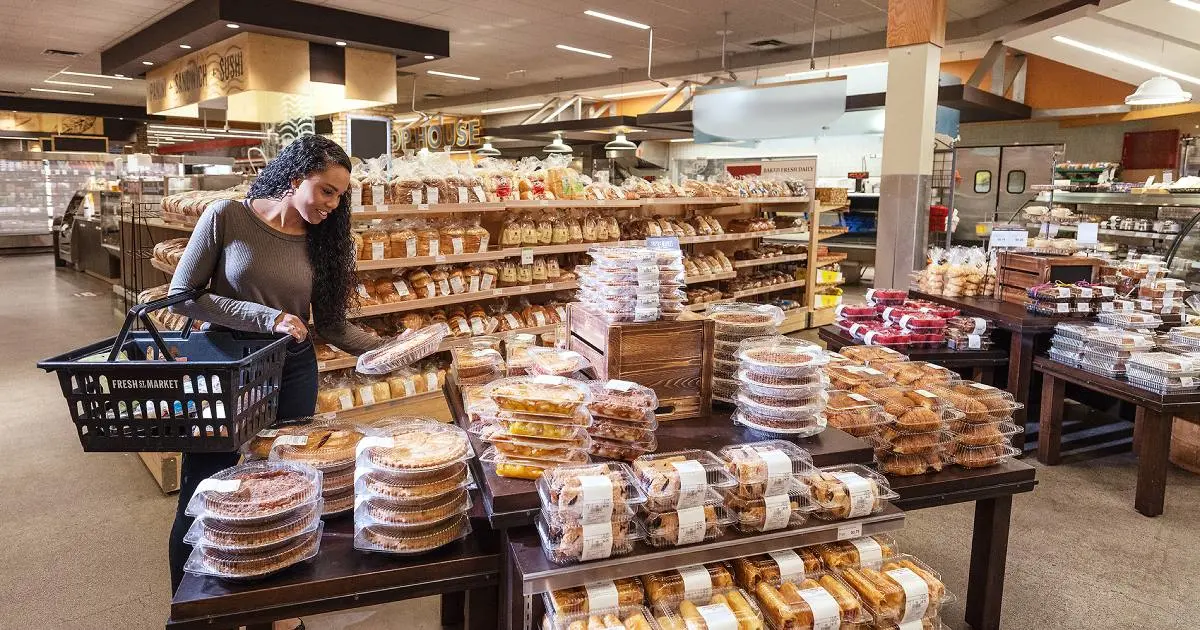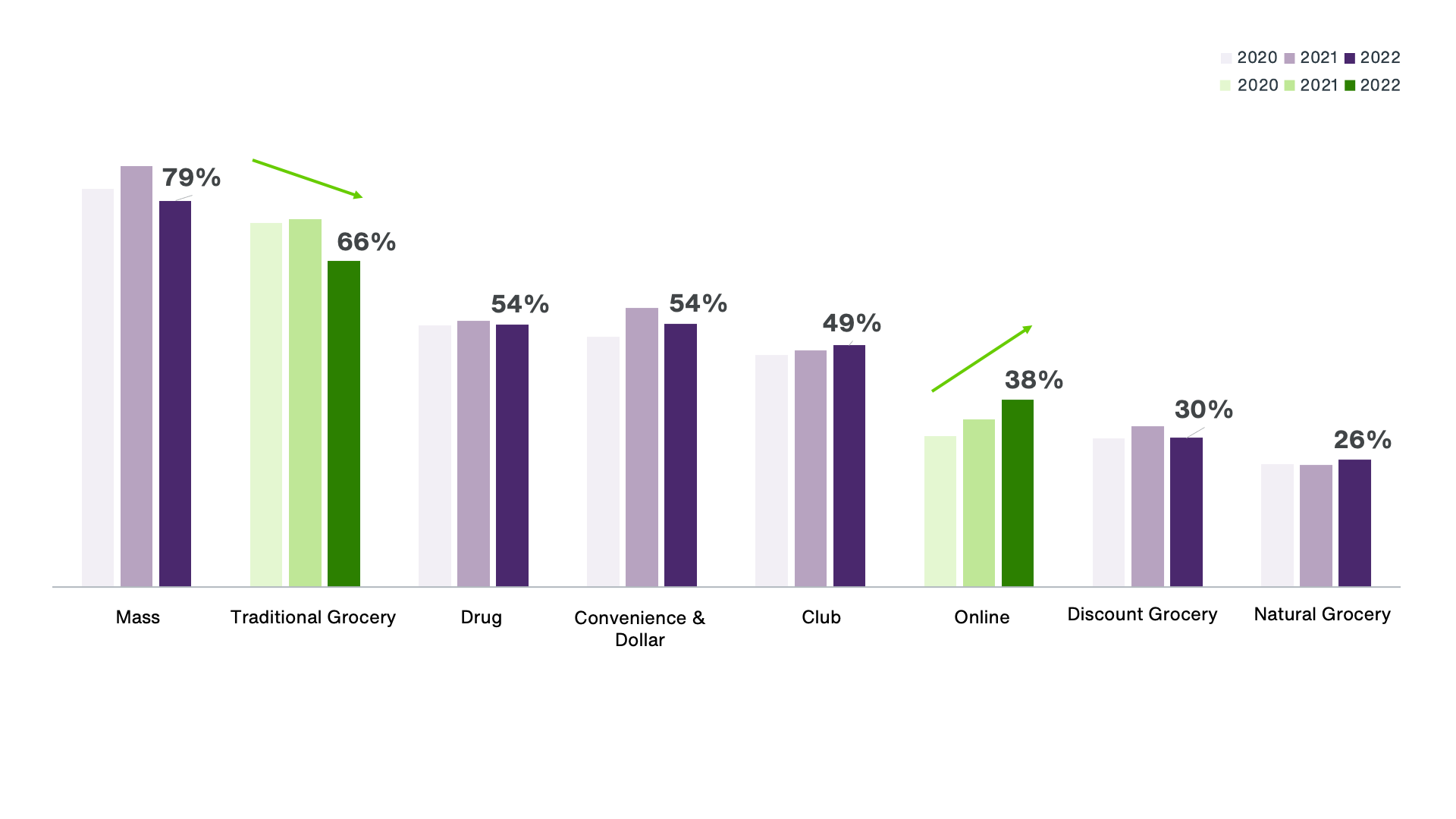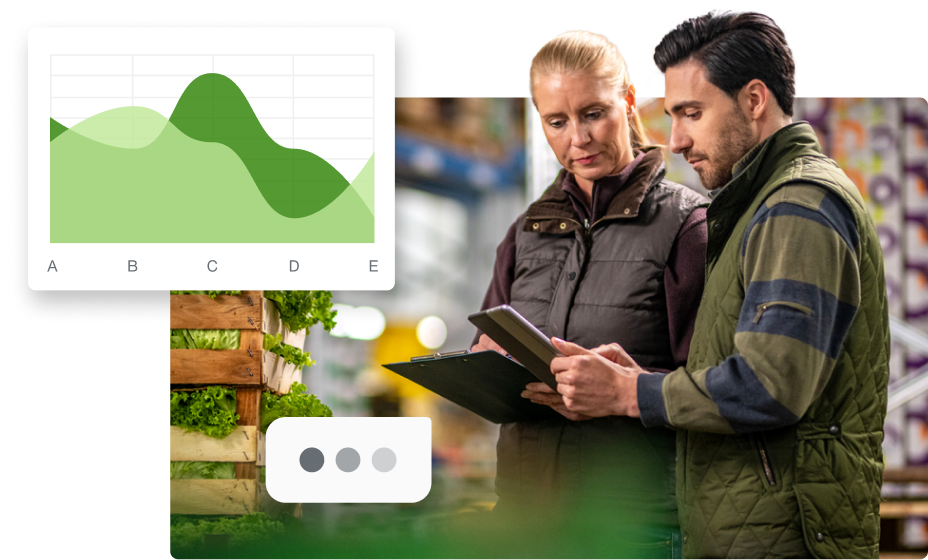Consumer insights: Shopping trends that shifted in 2022

For the past 10 years TABS Analytics and Decision Insight, now part of TELUS Agriculture & Consumer Goods, have examined consumer behaviour trends in the United States annually to help our customers better understand how shopping trends will impact their business over time.
It’s no secret that the COVID-19 pandemic caused unprecedented shifts in consumer behaviour. Demand for groceries surged, with families almost exclusively eating at home. Shopping habits changed too, with many buying groceries online. While many pandemic-related shifts in consumer behaviour have returned to more typical levels, our research shows that a few key changes appear to be sticking around. Let’s take a look at some of the key themes that emerged in 2022.
Where consumers are shopping

Traditional grocery retailers continue to decline, with retailers capturing just 66% of mentions (as a proxy for transactions) in the survey, down from 75% in the 2021 study
Market share lost by traditional grocers has shifted towards online retailers, continuing trends that accelerated due to the pandemic. Online retailers captured 38% of mentions, up from 31% in the 2020 study
Natural grocery and club retailers also experienced growth in 2022
Shopping online for groceries was especially popular among heavy buyers and households with kids.
Online buying trends
Delivery remains more popular than pickup
Consumers are gravitating to outlets like Amazon and Walmart.com, but Club (Sam’s, Costco) and Instacart are also picking up steam, if at a slower pace
Consumers still primarily make impulse purchases in store. By making the online shopping experience more pleasant or fun, online retailers may be able to capture more of these impulse purchases.
Key saving trends

Everyday low prices remained the biggest motivator among shoppers, while store brands gained traction. Everyday low prices have consistently represented shoppers’ favourite way of saving money over the ten years of our study
Store brands have enjoyed a resurgence in popularity as retailers place more emphasis on their private labels’ packaging and positioning
Couponing appears to be on the decline.
Download more insights
Download the 2022 Annual Food & Beverage Study today and see how we can generate data-driven insights that help you make better and more profitable decisions across your business.
About the study For the tenth consecutive year, TABS Analytics conducted a survey in July 2022 of ~1000 individuals age 18 or older in the U.S., with a mix of gender, age, income, ethnicity, and region to match census. Responses for each year cover shopping habits over the previous 12 months (e.g., 2022 covers July 2021-July 2022, etc.). The survey was conducted using Decision Insight’s DecisionVelocity™ custom digital platform. Respondents were recruited from a permission-based list and were directed to the URL, where they began the survey process. Each respondent received a nominal incentive for completing the survey. Respondents first answered screening questions, followed by questions about:
What products they buy
Use of deal tactics and dietary trend habits
Outlets shopped
Online shopping perspectives.

